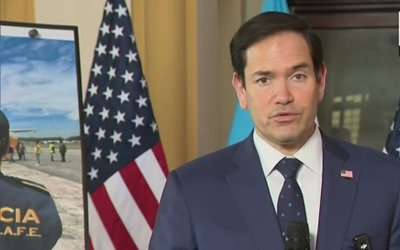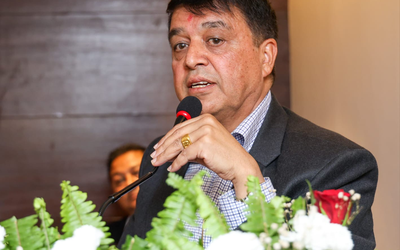
Final solar eclipse (also known as Surya Grahan) of 2019 is here and it will grace the skies tomorrow. Instead of the more majestic total eclipses, it will be an annular solar eclipse that will appear as a “ring of fire” in the sky. It will begin at around 8am NST on December 26.
Devotees are flung to different parts of river including Debghat of Chitwan and other holy sites.
The annular solar eclipse will be visible in most of Asia alongside North/ East Africa, and North/ West Australia. A partial eclipse will also be visible in the Asia Pacific and Indian Ocean region. If you don't want to step out to catch the eclipse or live in a region where it won't be visible, worry not, some online sources will live stream the solar eclipse online.
The solar eclipse will begin at 8:14 am NST. It will initially be visible as a partial eclipse and emerge in Riyadh, Saudi Arabia first. However, the partial eclipse will also be visible in various parts of Nepal including Mahendranagar.
Indian locations such as Bengaluru, Mumbai, and New Delhi alongside places such as Doha, Dubai, Kuwait City, Karachi, Kuala Lumpur, Jakarta, General Santos, Davao, and Saipan, as mentioned on Norway-based TimeandDate.com.
After the partial eclipse, the annular solar eclipse will begin to take place in the sky. It will be visible starting 9:19am NST, while the maximum eclipse will be visible at 11:02am NST. The full eclipse will reach the last location that would be Guam in the Pacific Ocean at 12:45pm NST.
In India, the solar eclipse will be visible in most southern states, including Karnataka, Kerala, and Tamil Nadu. It will also appear in some parts of Saudi Arabia, Sri Lanka, Singapore, Indonesia, and Guam.
What is an annular solar eclipse?
Unlike the total solar eclipses, an annular solar eclipse occurs when a New Moon is farthest from the Earth. It forms a ring-like structure of light surrounding the Moon. This is unlike the total solar eclipse in which the New Moon comes between the Sun and Earth and shows the darkest part of its shadow on the Earth. The total eclipse is often almost as dark as night, while you'll notice some amount of light in the case of the annular solar eclipse.
How to watch solar eclipse 2019 live
If you're in one of the locations where the solar eclipse 2019 will be visible on Thursday, you can go out to experience the ring of fire effect with your own eyes. It is important to take eye protection into consideration while watching the eclipse live. Moreover, there are some online sources that will live stream the solar eclipse 2019 online for those who don't live in the locations from where the eclipse is visible.
Canary Islands-based Slooh Observatory will kick off the live stream of the solar eclipse 2019 through its YouTube channel. The live stream will begin at 8:30am IST with feeds from the Middle East and Singapore.
- The Government and the Private Sector Needs a Close Collaboration for the development of the IT Sector: President Dhaka
- Feb 07, 2025
- Governmen Downsizes budget to Rs 1692.7 Billion
- Feb 07, 2025
- Weather Forecast: Mainly Fair In Kathmandu Valley
- Feb 07, 2025
- Don’t Obstruct Infrastructure Development Works: FNCCI President Dhakal
- Feb 06, 2025
- The Duke of Edinburgh Meets Beneficiaries Of Duke of Edinburgh’s International Award
- Feb 06, 2025
















